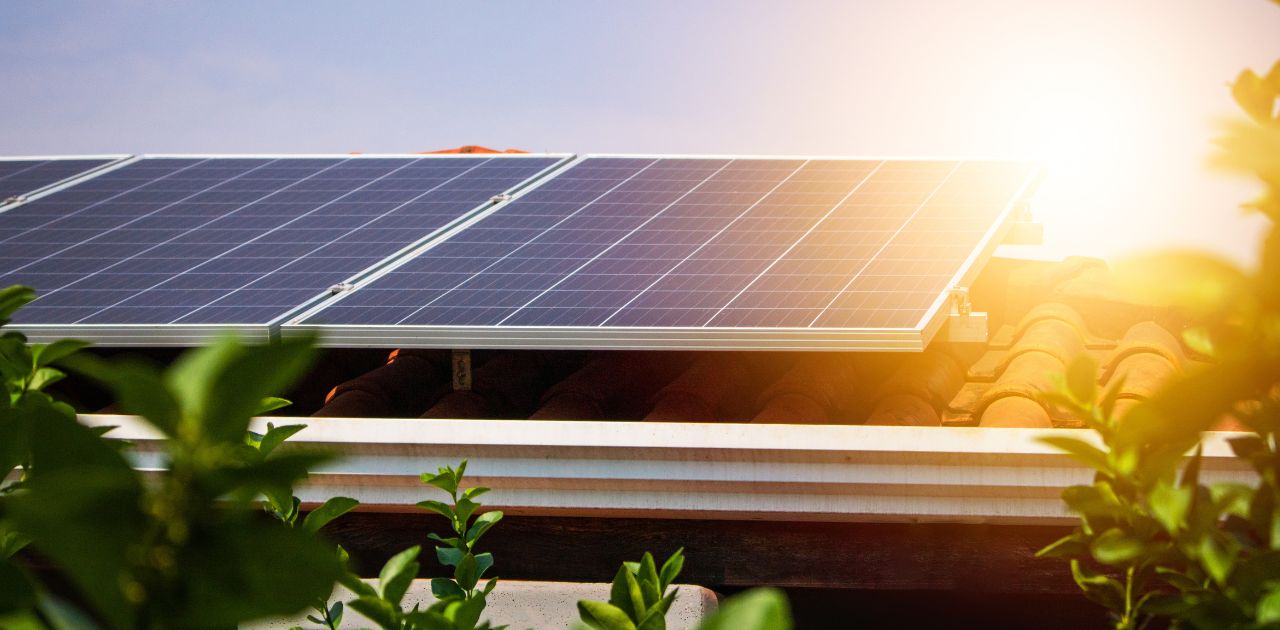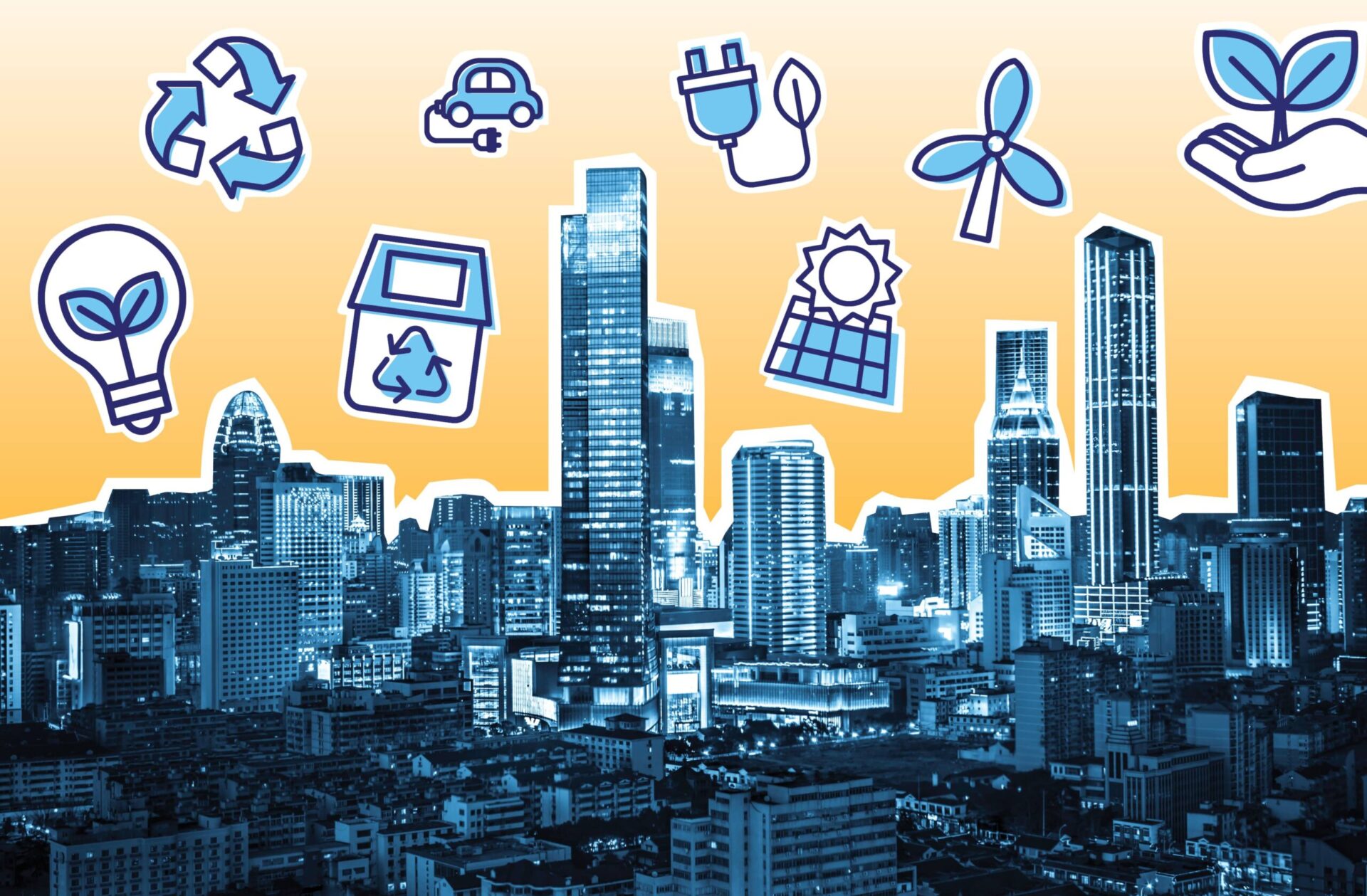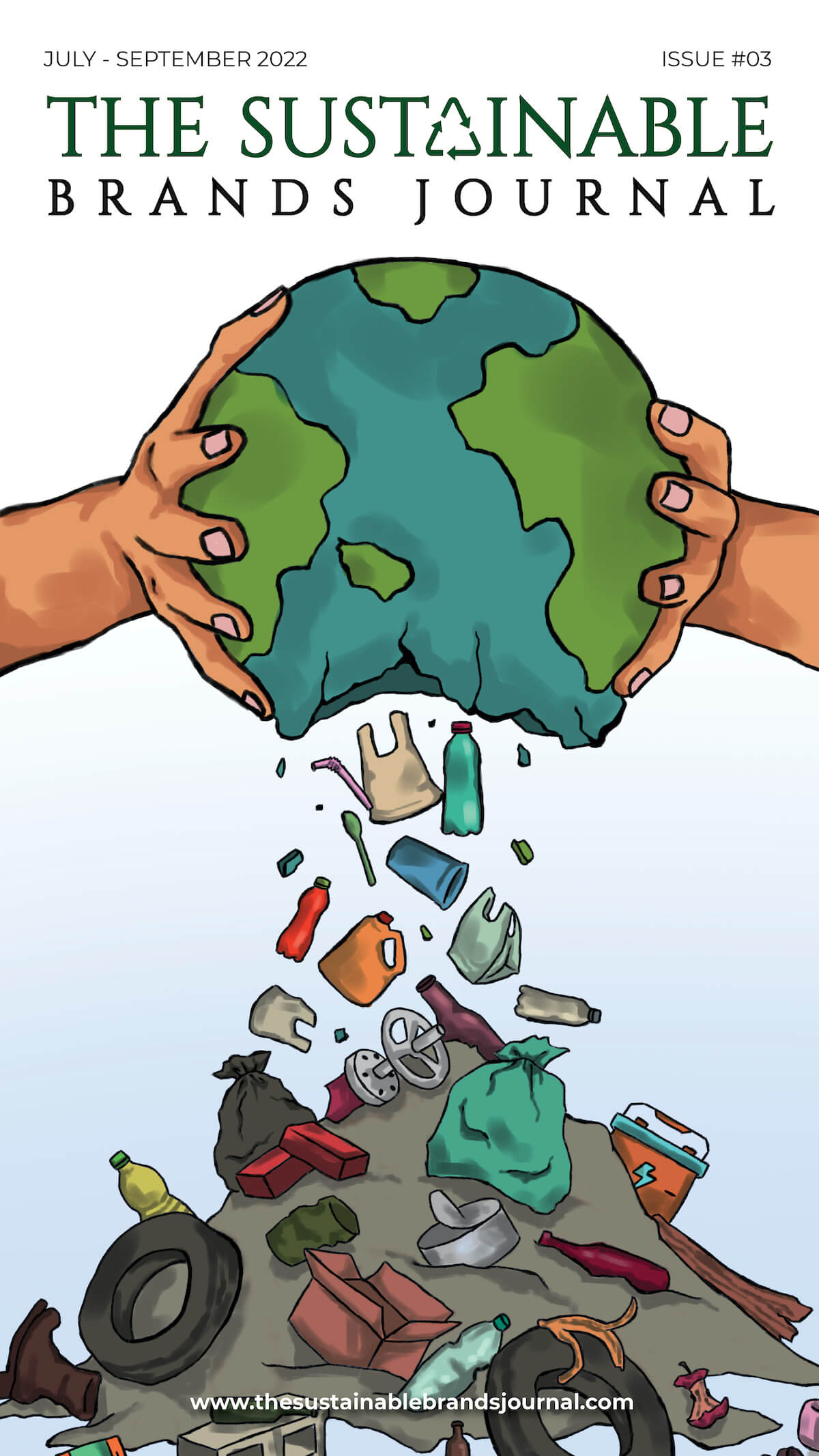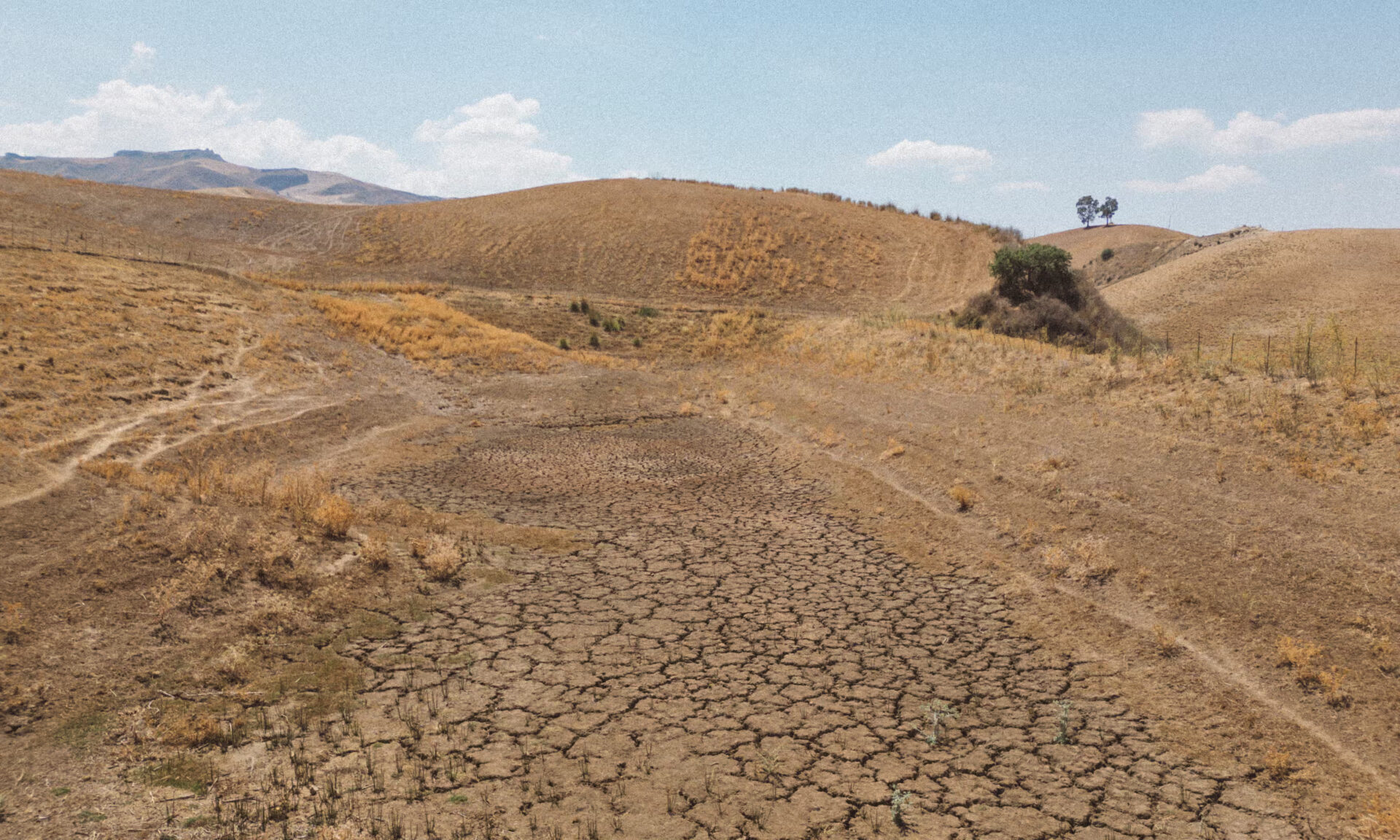
Climate Change Made Italy’s Southern Islands Drought 50% More Likely
Sardinia and Sicily have been experiencing ‘exceptional’ drought conditions.
These droughts are further intensified by climate change, which leads to water shortages. It also leads to severely compromising agriculture, which both islands rely on heavily. Sicily and Sardinia are responsible for about 10% and 7% of the country’s total agricultural output, respectively.

Sicily and Sardinia are the two largest Italian islands. They are important centres of agriculture and tourism. Both of these islands are suffering from exceptionally low rainfall and very high temperatures over the last 12 months. This has topped in extreme drought conditions from May 2024 onwards.
A new attribution study by World Weather Attribution (WWA) has revealed that climate change made the extreme drought affecting two major Italian islands 50% more likely.
It was further exacerbated by the region’s ageing water infrastructure.
According to the national statistics bureau ISTAT, ageing water systems in Sicily have led to water losses of over 51% in 2022. It amounts to approximately 240 million cubic meters. In Sardinia, total water losses amounted to 52.8% in 2022. This is despite advancements and heavy investments in smart water management systems in recent years,
Following autumn with much below-average rain, 2024 was warm and dry in Southern Italy for most of the year. Drought alerts were issued as early as December in Sicily and from May onwards in Sardinia.
Sicily declared a state of emergency in May 2024, while Sardinia in July amid what has been described as the worst drought in 20 years.
The worst year for rainfall in more than 20 years has reduced fodder production by 70% across Sicily, according to Coldiretti, Italy’s primary farmers association.
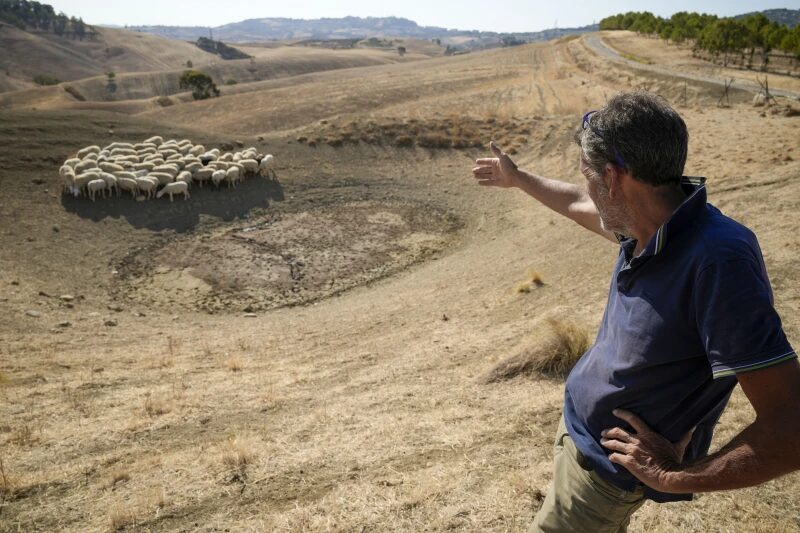
The main water basins are almost empty and authorities are strictly rationing water.
Sicily, one of the largest and most populous in the Mediterranean, is grappling with one of the most severe water crises in its history. Sicily reached a European record high temperature of 48.8 degrees Celsius in 2021. It’s at risk of desertification. The last six months of 2023 saw only 150mm of rainfall, with a 40% decrease in rainfall since 2003.
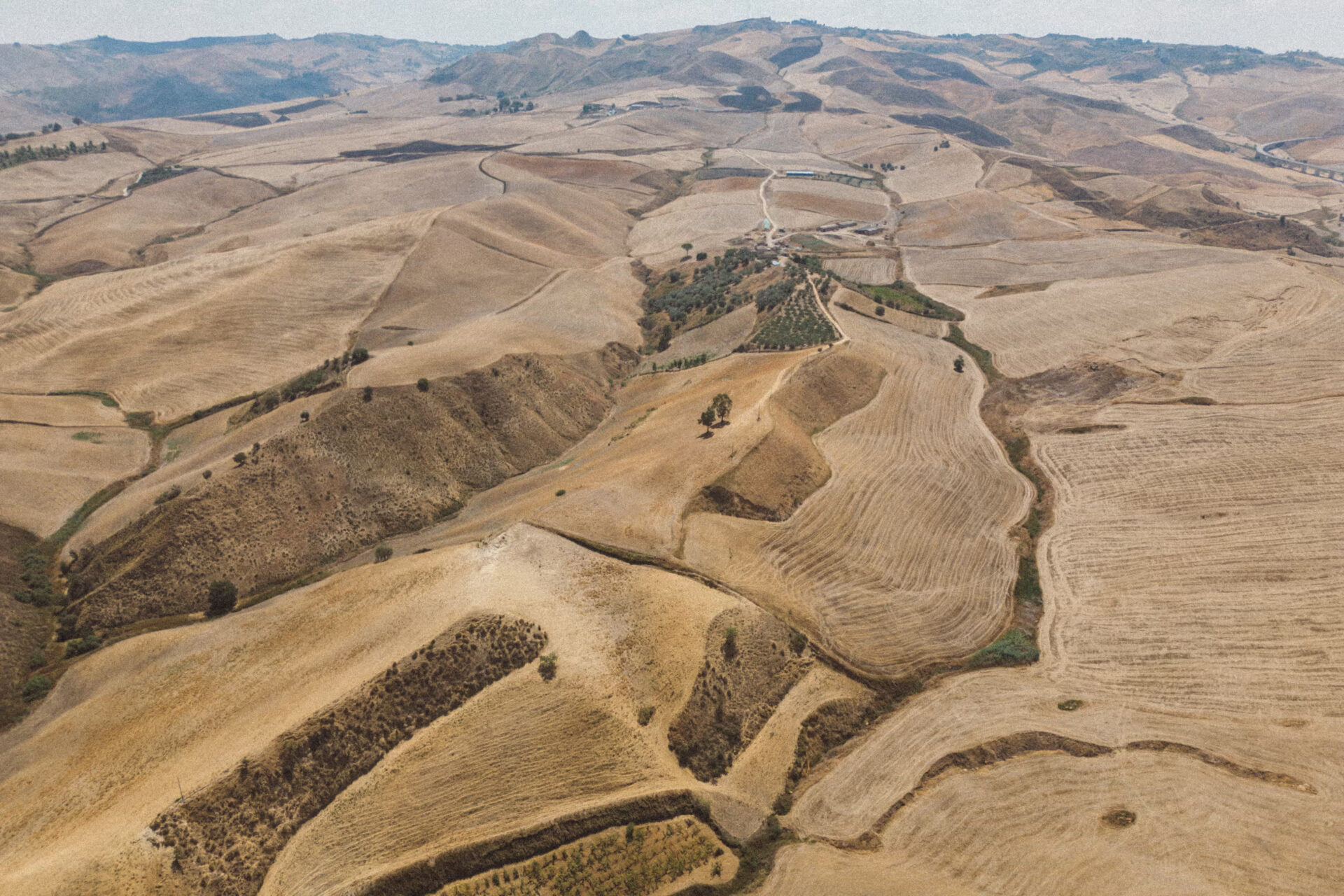
The drought is still ongoing, and, with the end of the boreal summer approaching, water reservoirs on the two islands are almost empty. This is despite water rationing having been in place since February.
With severe rationing, water has not been available for irrigation in major areas, which has severe consequences for agriculture and livestock.
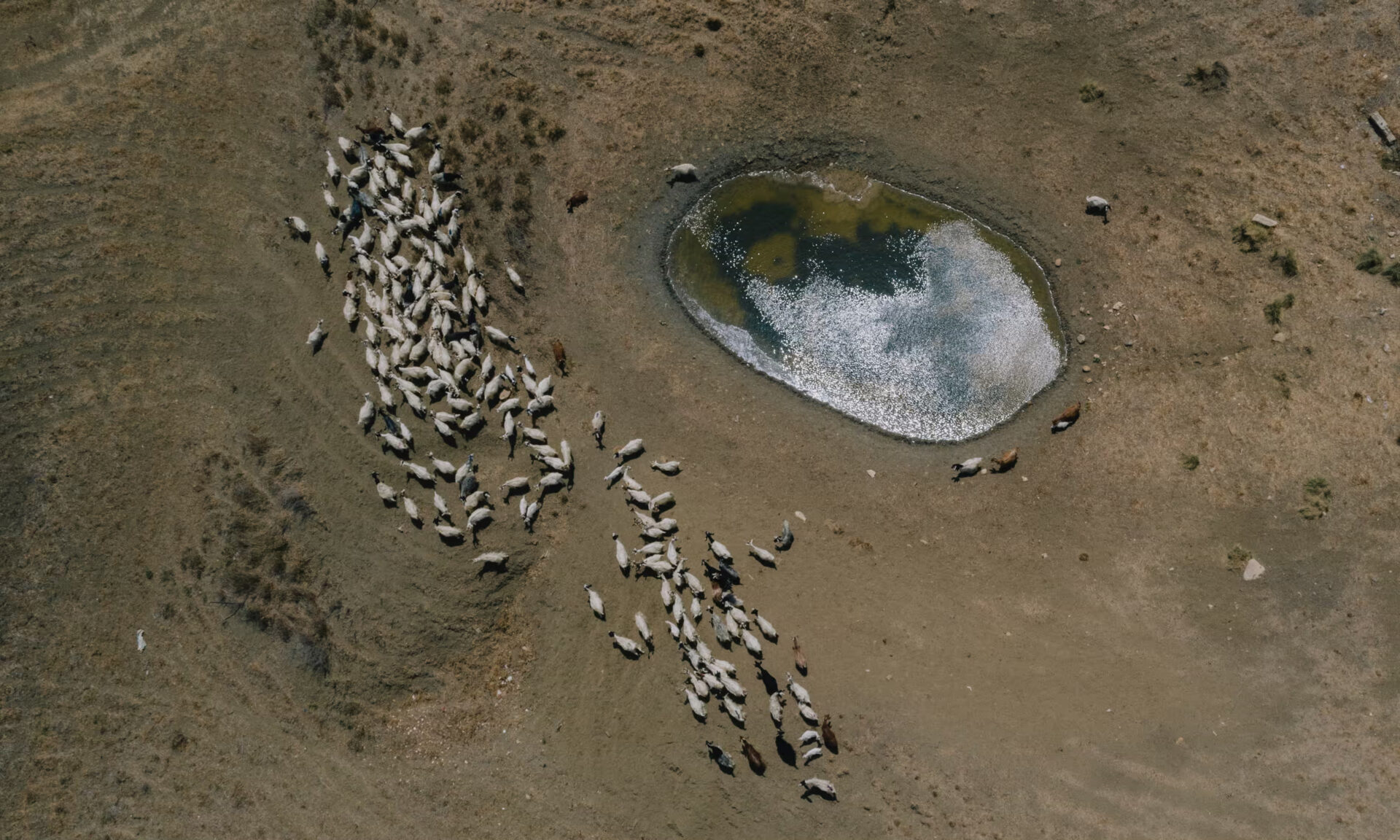
According to Agence France-Presse “crushing drought in Sicily has withered fields of grain, deprived livestock of pasture land and fanned a spate of wildfires, causing damage already estimated at 2.7 billion euros this year.”
Scientists from Italy, the Netherlands, Sweden, the UK, the European Commission, and the US used published peer-reviewed methods to assess whether and to what extent climate change influenced the 12-month drought in these two islands.
There are several ways to characterize a drought: meteorological drought is defined only by low rainfall, while agricultural drought combines rainfall estimates with evapotranspiration or directly measures soil moisture content.
Increased evapotranspiration caused due to regional warming plays a significant role in worsening drought impacts. That’s why agricultural drought is assessed in this study through the Standardised Precipitation Evapotranspiration Index (SPEI). This index calculates the difference between potential evapotranspiration and rainfall to estimate the availability of water. The more negative the SPEI values are, the more severe the classification of the drought.
“Climate change is making Sardinia and Sicily, hotter, drier and less fertile. Crops used to produce Italy’s iconic cuisine, like wheat and olives, are dying in ferocious heat well above 40 degrees Celsius. To stop droughts from getting even worse, we need to stop burning fossil fuels.” – WWA’s Friederike Otto, Senior Lecturer at London’s Imperial College
In the early 2050s, the world is expected to reach 2°C of warming levels. This will make droughts in Sardinia and Sicily even more intense and frequent.
According to the Italian National Research Council, a staggering 70% of Sicily is at risk of desertification due to climate change. Most of the lakes on the island are already almost dry. The artificial lake of Fanaco, in central Sicily, once had a capacity of 20m cubic meters of water. However, it only holds 300,000 cubic meters of water today. Reduced to mere mud puddles, reservoirs emanate a strong smell of dead and rotting fish.
The Italian Red Cross is working with the Dipartimento della Protezione Civile to limit the impacts of the drought. They are doing so through local coordination in the northeast Sicilian port of Messina and distributing drinking water in the central municipality of Caltanissetta.
Subscribe to The Sustainable Brands Journal for more environmental news, stories, and updates.
Sources
- Drought in Italy Islands Made 50% More Likely By Climate Change
- Climate change key driver of extreme drought in water-scarce Sicily and Sardinia – World Weather Attribution
- Climate change key driver of extreme drought in Sicily and Sardinia
- Extended drought parches Sicily, and farmers worry about being forced to sell off animals | AP News
Recent Posts
- Swiss International School Dubai Celebrates Earth Day 2025 By Showcasing Award-Winning Sustainability Initiatives
- Emirates Joins Aviation Circularity Consortium
- Landmark Leisure’s ‘Share a Toy’ initiative is back; donate your preloved toys and partake in the joy of giving this Ramadan
- NYU Abu Dhabi Researchers Develop New Simulated Moon Dust for Lunar Exploration
- Building Green: Sustainable Construction Practices for Business

Prachi, an accomplished Chief-Editor at The Sustainable Brands Journal, has 15+ years of experience in Europe, the Middle East, and India, managing 90+ global sustainable brands. She’s a prolific writer in sustainability, contributing to various publications. Prachi’s unwavering passion and expertise make her a recognized authority, driving positive change and inspiring a sustainable future.

